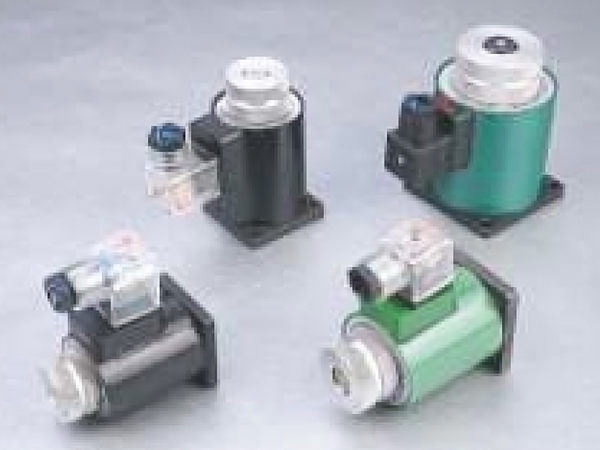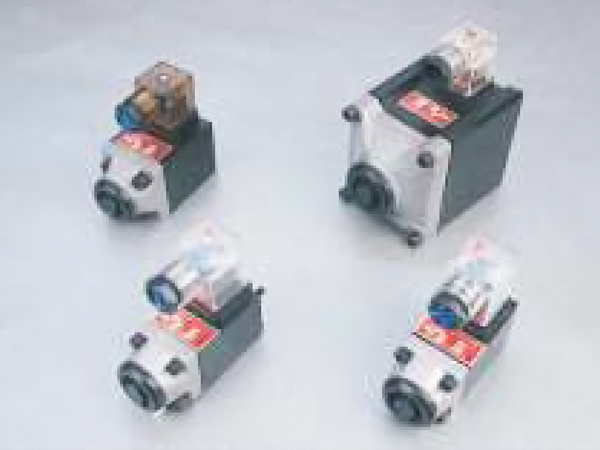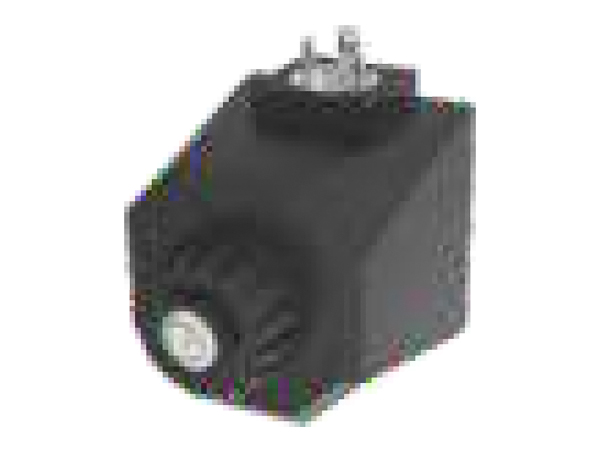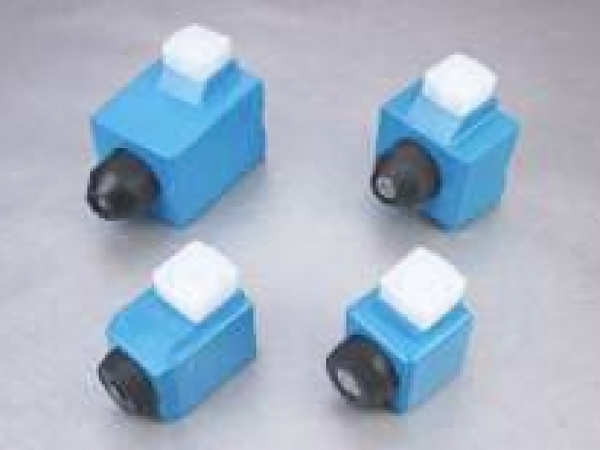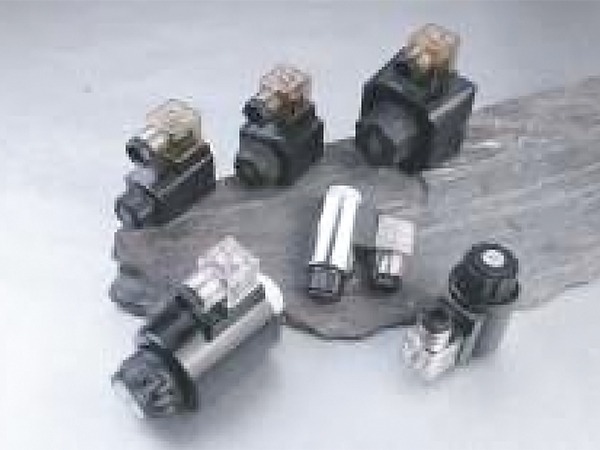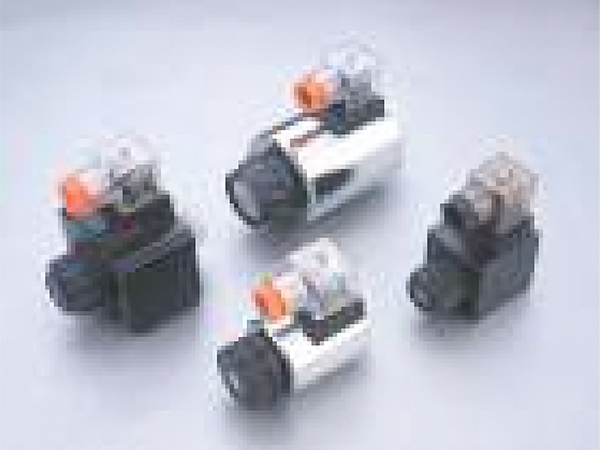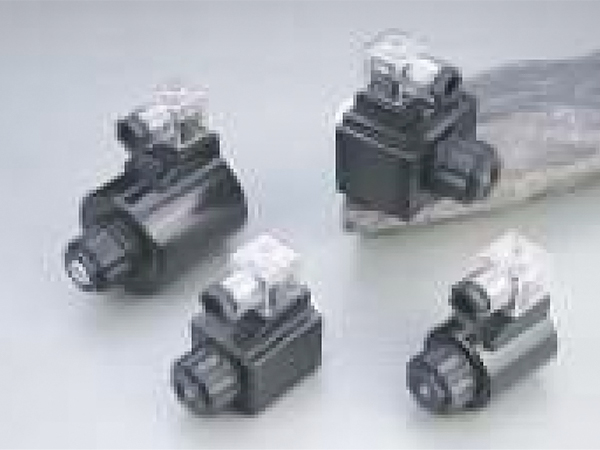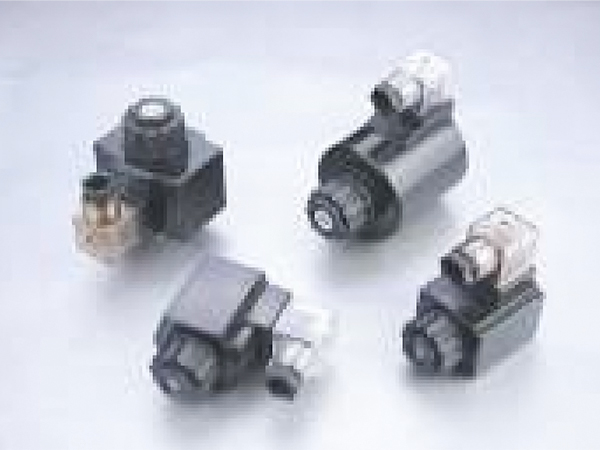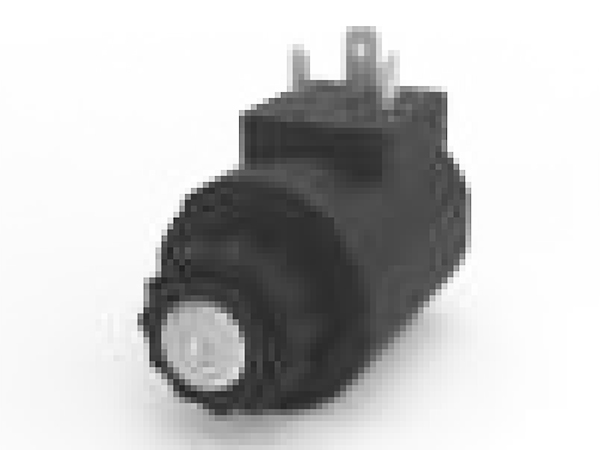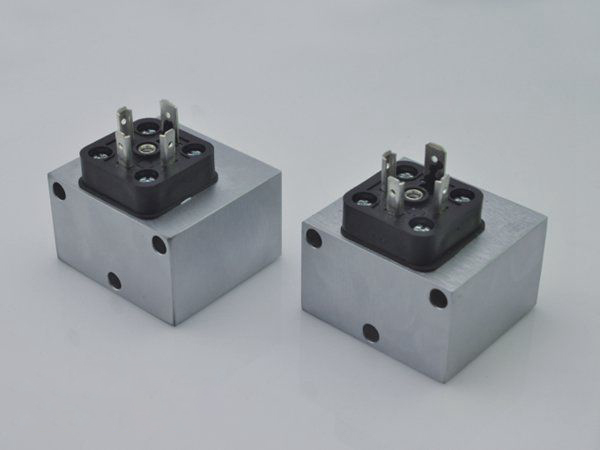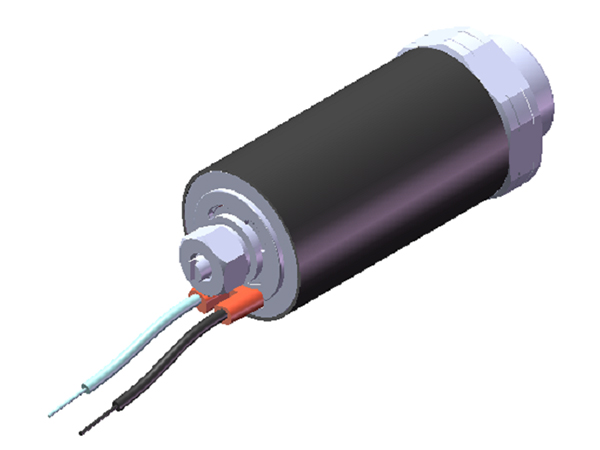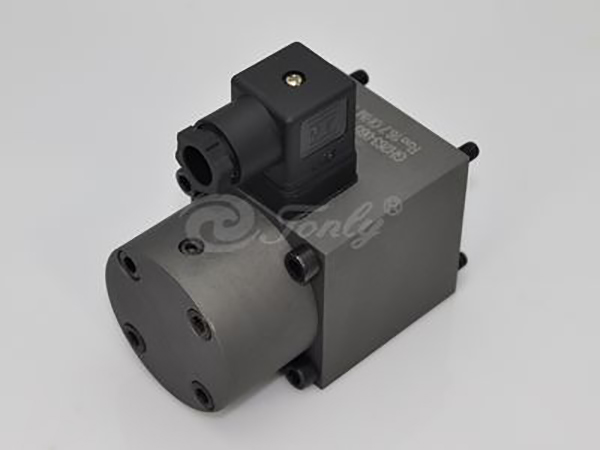How does the installation of the Hydraulic Position Sensor affect the sealing and overall stroke of the hydraulic cylinder?
The integration of the Hydraulic Position Sensor inside the piston rod or cylinder often requires a significant redesign of the rod itself, specifically to accommodate the sensor’s physical structure. This may involve creating a dedicated bore within the piston rod to house components such as a magnetostrictive sensor rod or LVDT (Linear Variable Differential Transformer) probe. As a result, there is an impact on the mechanical strength and flexibility of the rod. To counteract the reduction in structural integrity, materials with higher strength-to-weight ratios might be selected, or the rod design could be reinforced in specific sections. Internal mounting of sensors may require careful consideration of the hydraulic fluid’s path to ensure no interference with sensor functionality, such as the creation of turbulence or inaccurate readings due to flow disruption. This integration also demands high-precision manufacturing tolerances to avoid misalignment between the sensor and the piston movement, which can lead to inaccuracies in position sensing or mechanical strain on other critical components, such as seals or bearings. This integration has long-term consequences, as even slight misalignments can cause the sensor to be exposed to undue stress, affecting its longevity and reliability.
When installing a Hydraulic Position Sensor, particularly for externally mounted sensors or external cable routing, the physical space required for the sensor body can significantly alter the overall design of the hydraulic cylinder. Many sensors, such as potentiometers or magnetostrictive types, require a dedicated sensor housing, which adds to the overall length of the cylinder. This may not only impact the physical dimensions but also result in a reduction in the effective stroke of the cylinder unless the cylinder length is increased. The design must also account for additional space for the cable exit points, which need to be adequately sealed to prevent contamination or damage during operation. The sensor housing and electrical connections should be positioned in a way that avoids interference with the hydraulic fluid's flow, mechanical seals, or other internal components. In some cases, manufacturers may offer modular solutions for sensor integration to allow flexibility in sensor placement, but this requires careful consideration of the surrounding geometry, which could lead to increased complexity in cylinder assembly and maintenance.
One of the most challenging aspects of installing a Hydraulic Position Sensor is the modification of the cylinder’s end cap. The end cap often serves as the mounting location for the sensor, and machining it to accept the sensor can lead to significant changes in the cylinder’s structural integrity. Depending on the type of sensor, a bore must be drilled to accommodate either a physical rod or the sensor body itself. This introduces a need for precise tolerances to ensure that the sensor is securely mounted and aligned with the cylinder's motion. This area becomes an additional potential leak path, requiring high-performance seals around the sensor’s penetration points to maintain hydraulic integrity. Sealing these areas effectively is vital to preventing fluid leakage, which could lead to contamination, reduced system performance, or sensor malfunction. Some designs may also incorporate threaded sensor connections, requiring the creation of additional sealing surfaces to avoid external leakage, which adds another level of complexity to both the design and manufacturing processes.
When adding a Hydraulic Position Sensor to a hydraulic cylinder, new sealing challenges arise due to the introduction of additional penetrations, such as sensor wiring or fluid passageways. The sealing strategy must be adapted to accommodate these changes without compromising the hydraulic system’s performance. The sealing materials chosen for sensor interfaces must be able to withstand not only the hydraulic pressures involved but also the chemical composition of the hydraulic fluid, which can include additives, detergents, or corrosion inhibitors. Materials such as nitrile rubber (NBR), fluorocarbon (Viton), and PTFE are commonly selected based on their chemical resistance and temperature stability. Special consideration must be given to the dynamic seals around the sensor components, especially if the sensor’s interface moves or is exposed to high-cycle operations.
For more information, please call us at + 86-574-88452652 or email us at [email protected].
Product Categories
The Proportional Solenoid for Hydraulics is designed to provide fine-tuned regulation of fluid flow ...
Hydraulic presses are used in industries such as metalworking, plastic molding, and stamping. Hydrau...
The integration of an External Shock-Absorbing Solenoid Valve provides substantial improvements in s...
Coils for Cartridge Solenoid Valves used in mobile hydraulic and industrial equipment must be design...
Coils designed for higher voltages have higher internal resistance due to longer or thinner wire win...
The precise alignment of the Hydraulic Position Sensor is fundamental to its operation. For the sens...

 English
English 简体中文
简体中文